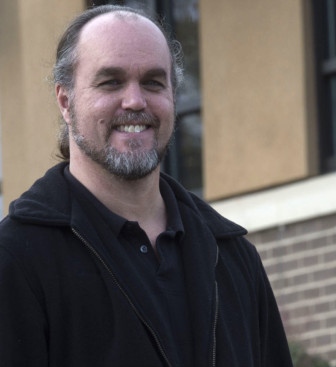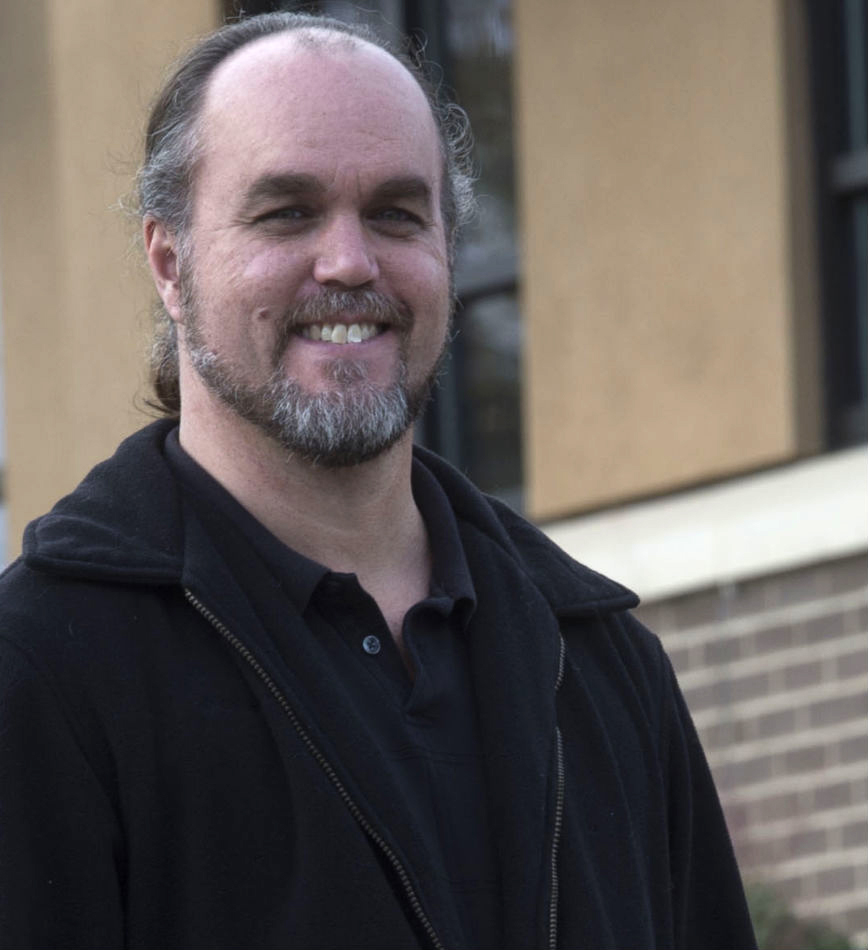 “Whoever has experienced the power and the unrestrained ability to humiliate another human being automatically loses his own sensations. Tyranny is a habit, it has its own organic life, it develops finally into a disease.”
“Whoever has experienced the power and the unrestrained ability to humiliate another human being automatically loses his own sensations. Tyranny is a habit, it has its own organic life, it develops finally into a disease.”
Fyodor Dostoyevsky, The House of the Dead
In the U.S. we usually consider prisons and jails to be violent places, as if there were no alternative. We imagine that because violent people are sent there it is a foregone conclusion that violence will happen. What we often overlook is the contribution of correctional systems and staff to the atmosphere, and our failure to hold them accountable (since they work for us) makes us culpable. The conditions of prisons and jails are the direct result of what we allow.
The U.S. Department of Justice on Monday released a long awaited report on the conditions of youth between 16 and 18 held at Rikers Island in the East River of New York City. Comparing conditions there to “The Lord of the Flies,” U.S. Attorney for the Southern District of New York Preet Bhara, declared Rikers to be “a broken institution for adolescents” that will “produce broken people.” Who was responsible for the chaos?
The report found that the city has violated the Eighth and Fourteenth Amendments of the U.S. Constitution through a systemic failure to protect youths from harm “that is the result of the repeated use of excessive and unnecessary force by correction officers … as well as high levels of inmate-on-inmate violence.” The violence between inmates was found to be the result of improper supervision and suppression of reports about assaults of all sorts. The report also focused on the overuse of punitive segregation, a technical term for solitary confinement, especially with mentally ill children “at an alarming rate and for an excessive periods of time.”
Unlike many states, New York automatically charges 16- and 17-year-old kids as adults, putting them under the purview of correctional authorities and allowing them to be placed in the notorious facility. They, along with 18-year-olds, are segregated from the other approximately 10,000 prisoners on the island. Instead of affording them protection though, the concentrated housing of youth has contributed to an increase in violence.
Factual findings of the report included:
- the use of force against adolescents at an “alarming rate”
- regular fighting and assaults resulting in serious injuries
- regular use of blows to the head and face
- force as punishment or retribution even for verbal altercations
The report specifically criticized the tactics of extraction teams, who regularly beat even subdued or compliant inmates while yelling “stop resisting!” and the frequent uses of force that occur in areas where there are no surveillance cameras.
Systemic deficiencies that support the deeply entrenched culture of violence were also noted. Inadequate reporting and investigation of violence of all sorts is common, as is a lack of discipline for staff and inmates who perpetrate violence and a general lack of supervision of inmates. Another factor was the regular placement of the most inexperienced guards in the adolescent housing areas and schools.
Inmates were frequently beaten for falling asleep in class, cursing at guards and other minor infractions. One student who fell asleep in class was punched in the face by a guard using handcuffs as brass knuckles. When he cursed at her she dragged him into the hall and along with several other guards beat, kicked and maced the boy. Sometimes after kids were beaten they would be taken to a holding area where another group of officers, often investigators, would beat them again.
A teacher interviewed for the investigation heard thumps and screams while the student was beaten, and heard the boy “crying and screaming for his mother.” Non-correctional staff are discouraged from reporting such incidents. As another teacher reported, staff know to “turn their heads away, so that they don’t witness anything.”
There is some hope of change, The new head of the city’s corrections department is Joseph Ponte. HIred by Mayor De Blasio earlier this year, Ponte arrived from Maine, where he garnered a reputation as a reformer. The report notes that Ponte was not working for the city when the abuses occurred, and that federal investigators were given access to tens of thousands of pages of records as well as the facility for interviews.
Still, the culture of violence is, as Bharara said, “deeply seated.” Norman Seabrook, head ot the powerful correction officer union, called Ponte’s hiring a “bad move.” Seabrook, a former corrections officer and leader of the union for nearly 20 years, openly mocked Ponte, holding copies of Dr. Seuss books up during a press conference in April.
“We need leadership, we don’t need a reformer, we need law and order,” he said. “We don’t need someone to come in here and tell us ‘Well, this is how we do it in Maine.’ Well, guess what? Welcome to New York City. This is not Maine.”
This kind of opposition to change is at the heart of NYC’s corrections department. The officers undoubtedly have a difficult job, and managing the jail is made more difficult by the widespread prevalence of gangs long accustomed to violence.
In more bad news for proponents of reform, the Bronx district attorney announced on Wednesday that there will be no prosecution of two guards described in the report who severely beat two inmates in the medical section, one of whom was handcuffed to a gurney. Citing problems with the testimony of non-correctional staff the office decided they could not obtain a conviction.
Bharara said in his news conference that Rikers is “broken.” He is right of course, but what is to be done? The report directly challenges the culture not only of violence, but of corruption through lying, obfuscation, falsification of reports and destruction of video surveillance. This is unlikely to change in the near future.
With nearly a thousand guards working at Rikers any attempts to improve professionalism will take a long time. The U.S. Attorney supports moving these kids off of Rikers to another location as first step, and adds the adoption of a management model more suited to juvenile offenders and specialized training for staff managing them. In the longer term New York should change its policy of automatically classifying older teens as adults.
It’s not only kids but everyone there who suffers under the current system, including those with mental illness. The citizens of New York and NYC should stop blithely accepting such treatment as the norm, as should we all. Our tacit approval of such practices, which are in no way limited to New York or even large cities, makes us accountable as well. It’s been said that a nation is best judged by how it treats its prisoners. If so then we are falling woefully short.

Go to this site to read of 111 years of documented abuse:
http://thewhitehouseboysonline.com/HISTORICAL-WITNESSES-SHORT-LIST.html